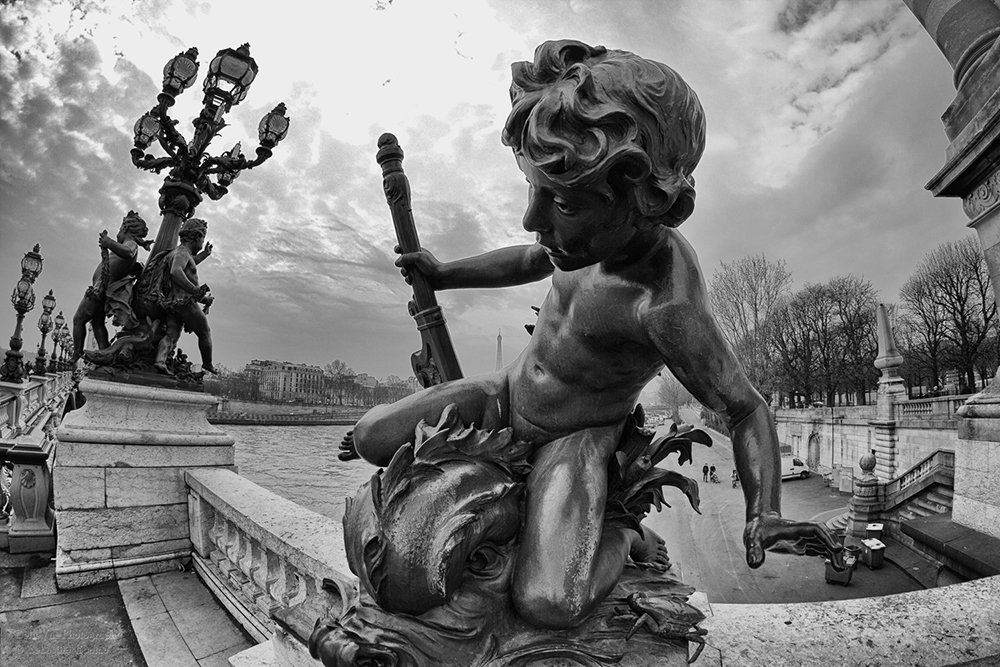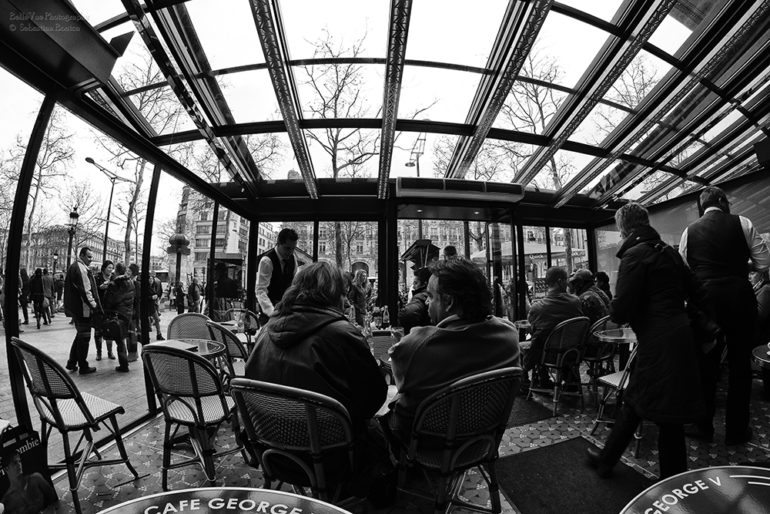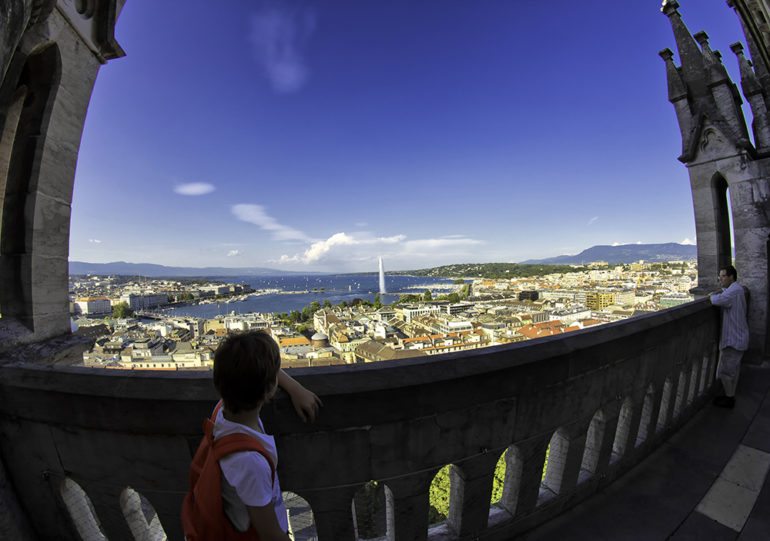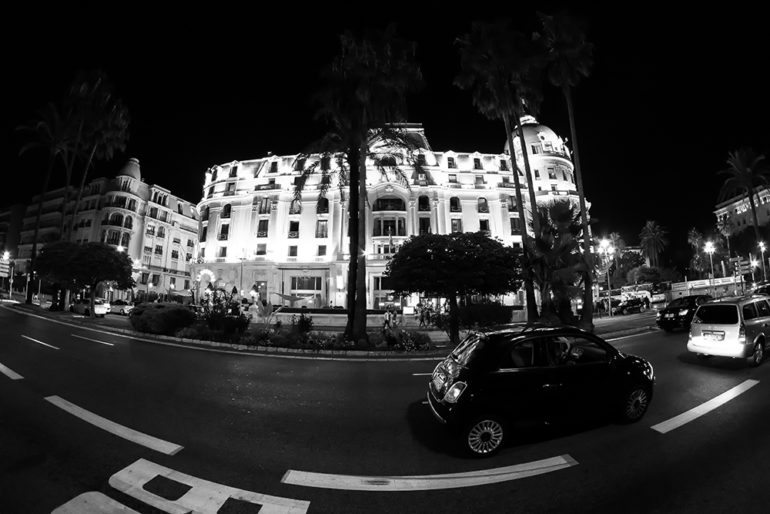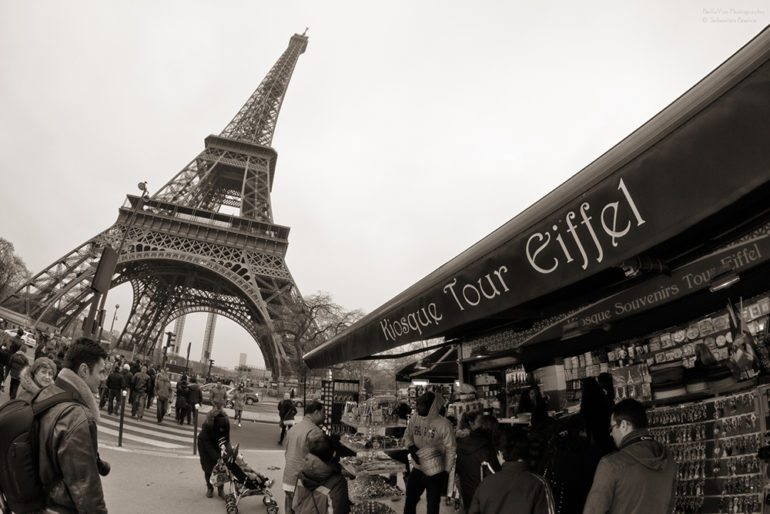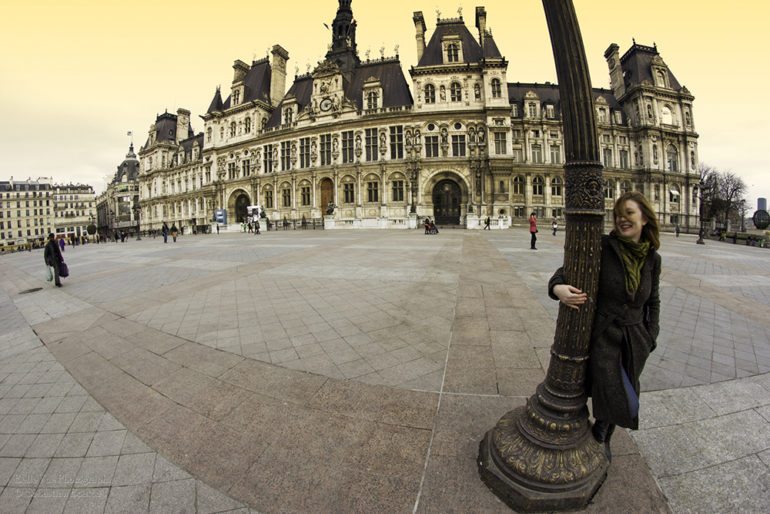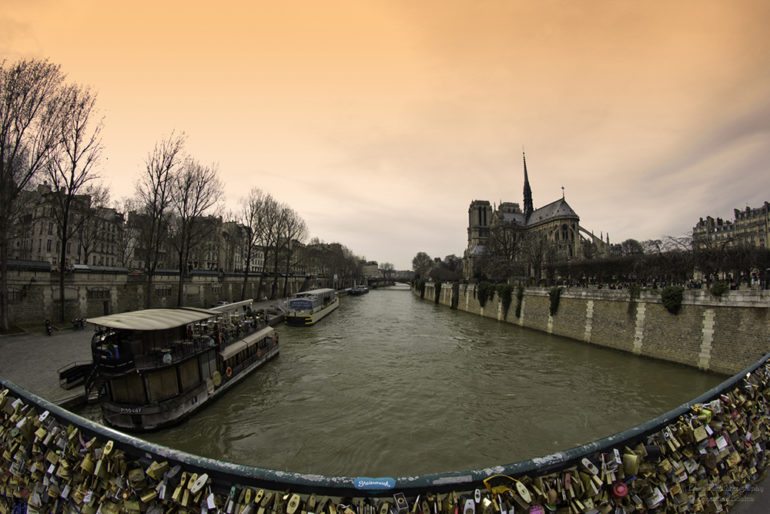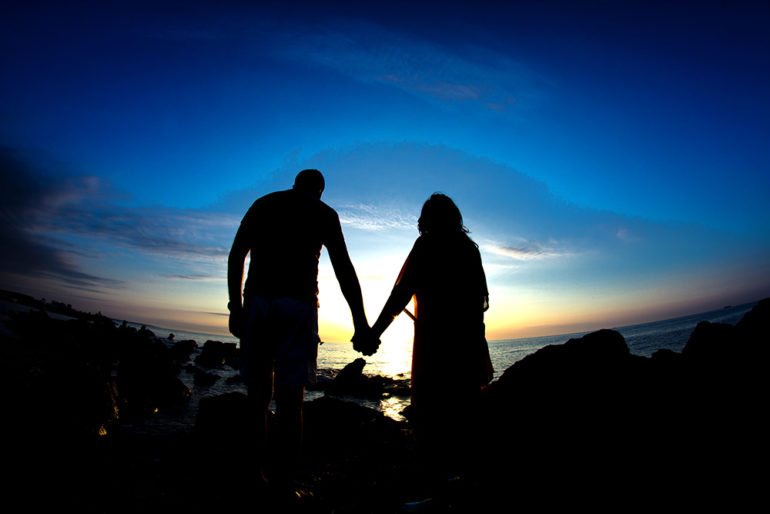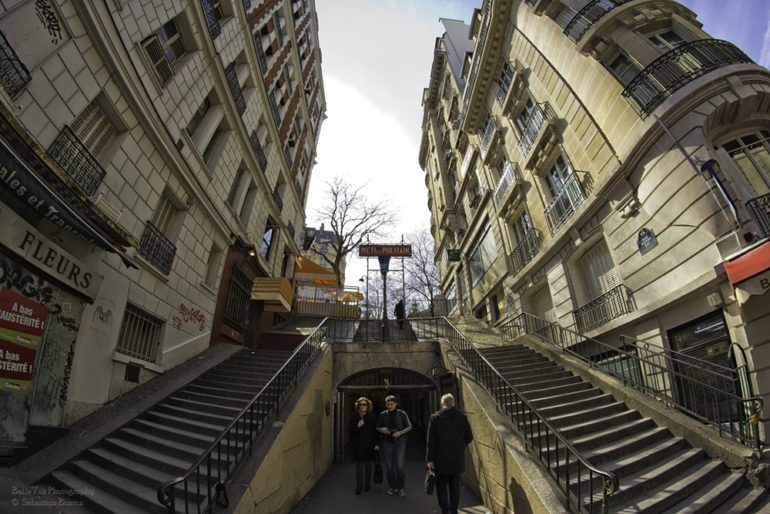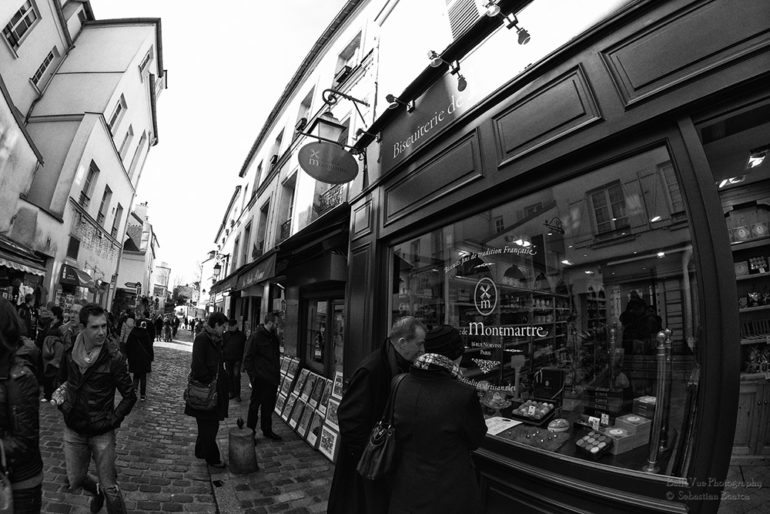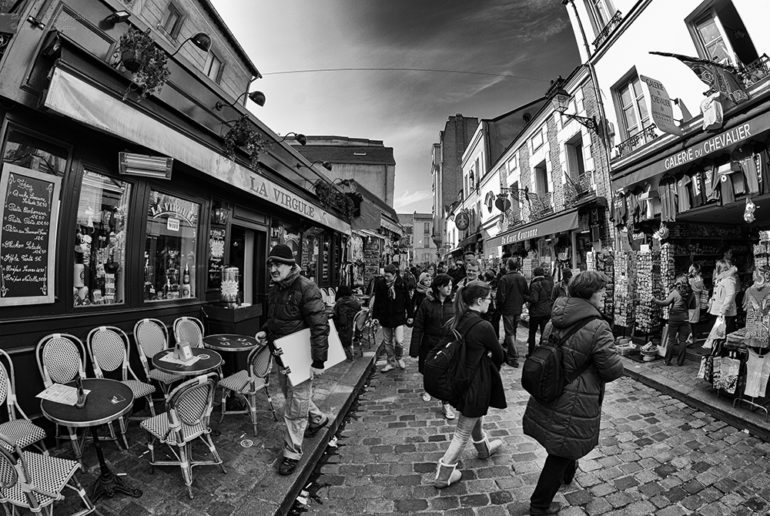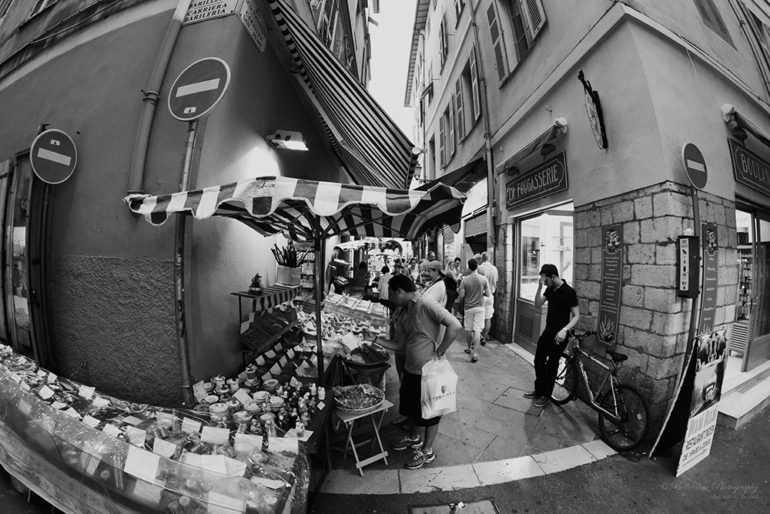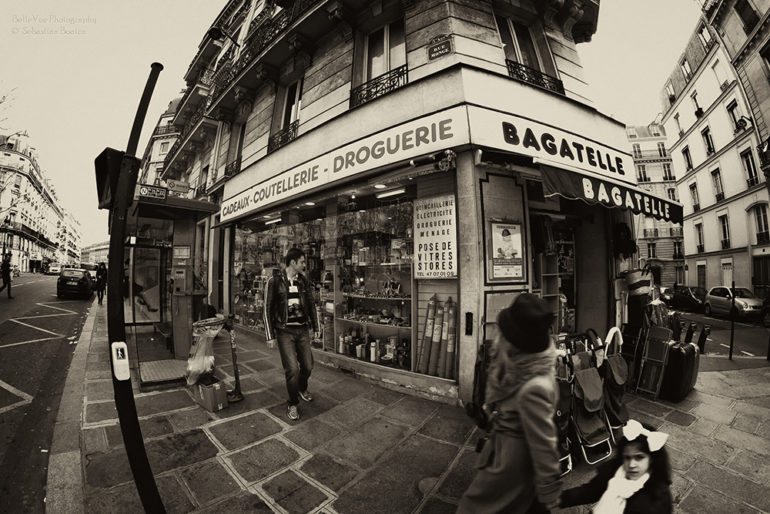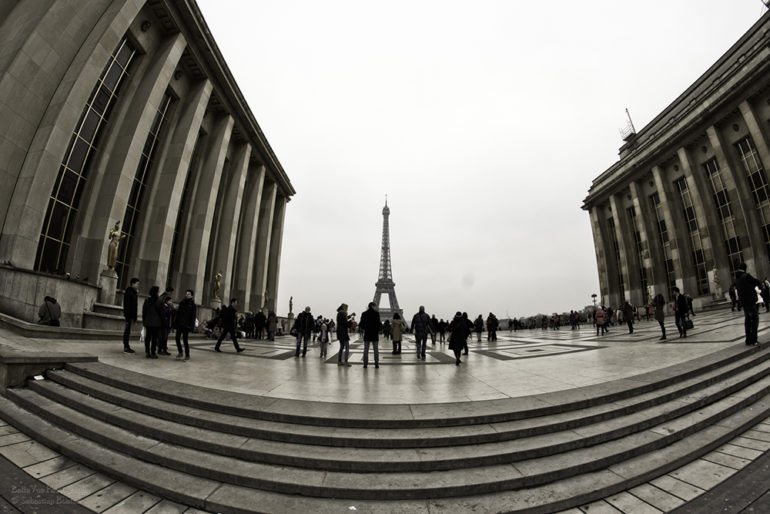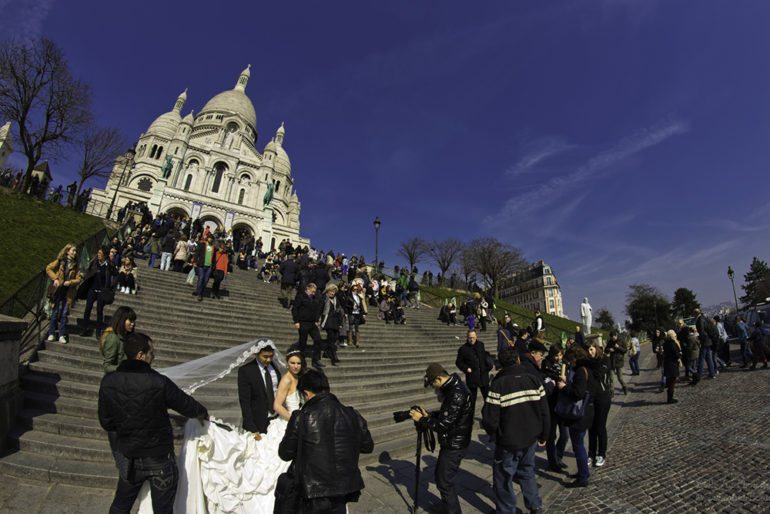Last Updated on 07/30/2016 by Chris Gampat
All images by Sebastian Boatca. Used with permission.
Some street photographers like shooting with a field of view that mimics the way that the human eye sees. They call it the human perspective–and it’s one the biggest pillars of many street shooters. But Sebastian Boatca likes experimenting with super wide angle perspectives.
This isn’t something that hasn’t been done though–some shooters use a GoPro. But the very wide perspective gives you something that is much different than most of what you see out there.
Phoblographer: Why do you like using ultra-wide angle lenses when it comes to street photography and urban geometry?
Sebastian: Street photography in itself needs some sort of adaptation regarding the gear you should use. Light cameras, fast, compact, prime lenses, those are the things you should take into consideration, when shooting street photography and feel comfortable in the same time. This is one of the reasons I have made the switch from DSLR to a mirrorless camera (Fuji X100S was really good for street photography). For me, street photography should rarely go beyond 50-60mm in focal length, but it could go as wide as possible. Why not?
Of course, the wider its gets, the more action and things you will have within your frame. This is why a Samyang 8mm fish-eye was quite a peculiar lens for my street photography. On a crop sensor it gives you the field of view of a 12mm lens, with strong barrel distortions. That “fish-eye” effect had a strong impact on my way of perceiving the reality, but I quickly found its charm within its “artistic deformations”.
The wider the lens, the more responsible you feel when composing your shots. The great advantage is that you could get a deeper picture, a wider story, rich in vivid elements; the problem is you could also get unwanted things within your frame, so an ultra-wide lens will surely force you to rethink the way you compose your stories.
Phoblographer: What do you think the perspective does for us vs more standard lenses and semi-wide angles?
Sebastian: In street photography, too, originality is something we should all seek. And that comes mostly from the different perspectives that we use when capturing the reality. From the very first tests with this fish-eye lens, I instantly knew this would offer me the “different touch” I needed in composing the photographs. A standard lens or a wide angle lens will always limit you in some way, when you need the “bigger picture” of the action. So, such a wide perspective on reality will surely let you feel you are already beyond the common limits most people must face, when composing their frames. I never felt so free, except when using this ultra-wide 8mm lens.
I don’t use this fish-eye lens anymore, but I will certainly get the rectilinear Samyang 12mm F2.0. The need for ultra-wide perspectives is still present.
Phoblographer: A lot of your work is really based on using lines in the scene to lead a viewer around; so how does an ultra wide angle differ? Obviously there is the convex, but do you feel they can be used in a different way to be more or less effective?
Sebastian: Leading lines are very important, indeed, although you always have the freedom of exceptions (when you know what you are doing). An ultra-wide lens will include more objects, more lines that can be used to guide the attention to the strong points of your composition; lines that could not be available to be captured with a standard lens. More than that, a fish-eye lens will bend your leading lines, creating convex effects that could emphasize the consolidation of your composition.
Phoblographer: How does it change your use of color in a scene?
Sebastian: Street photography is done in black and white, most of the time. The colors could distract you from the essence, keeping you to a more superficial level of perception, while black and white will absorb your attention towards the concept, the structure of the composition. In black and white you seize the idea, the master plan behind the scene. But sometimes colors have their purpose in street photography. Depending on the scene, there are times when colors offer a sense of life, vividness, like a vital force that would go away if you convert that scene to black and white. And colors will surely transmit feelings, too. This is why, not every photo, simply converted in black and white is a true street photography scene and color photographs made on the streets could be easily dismissed from the street photography category just because they are in colors.
If colors serve your purpose to immortalize a piece of reality, with its full content of personal feelings, then, by all means, do not let some rules and habits in street photography stand in your way. I make photography to please my spirit, to record my emotions linked to that fragment of reality, not to follow some presumed rigid commandments in street photography. At the end, we are all free to feel and create!


